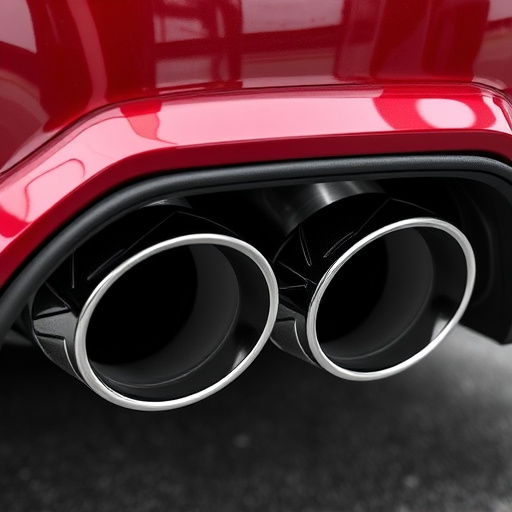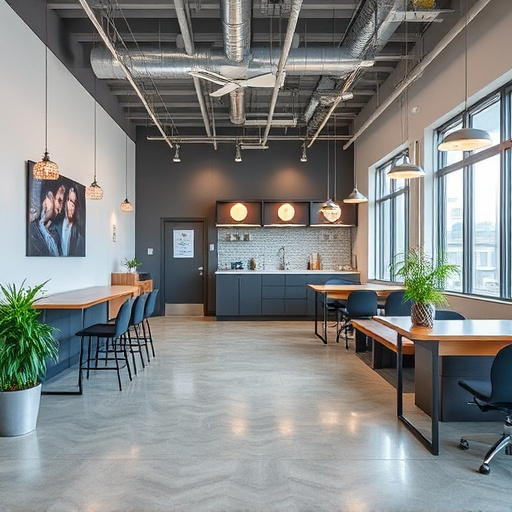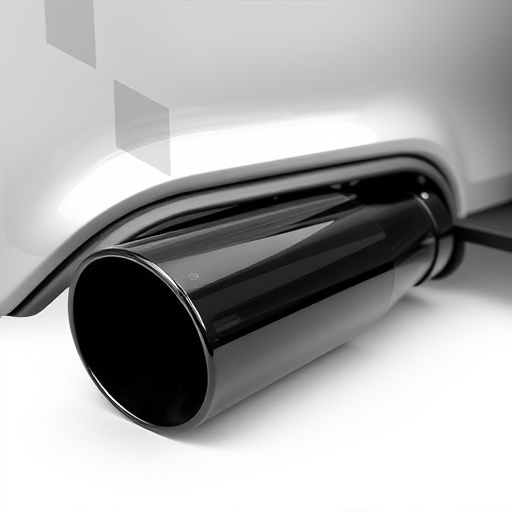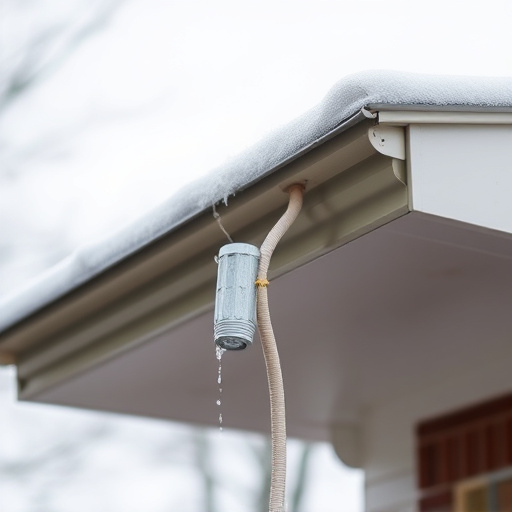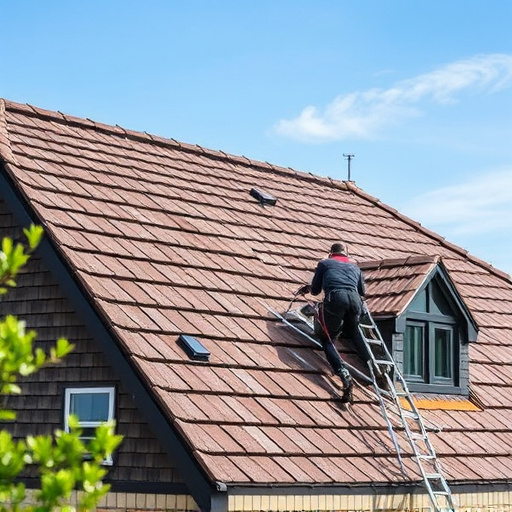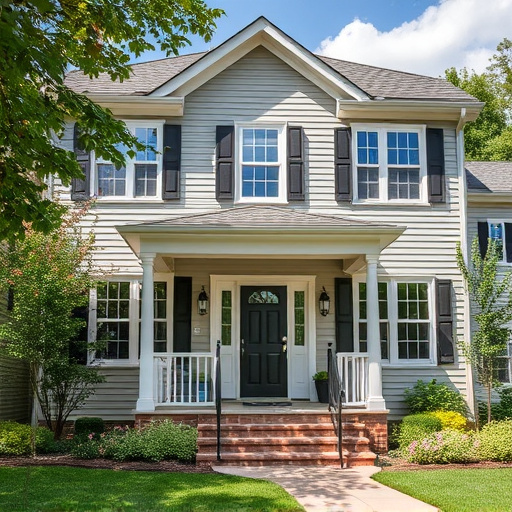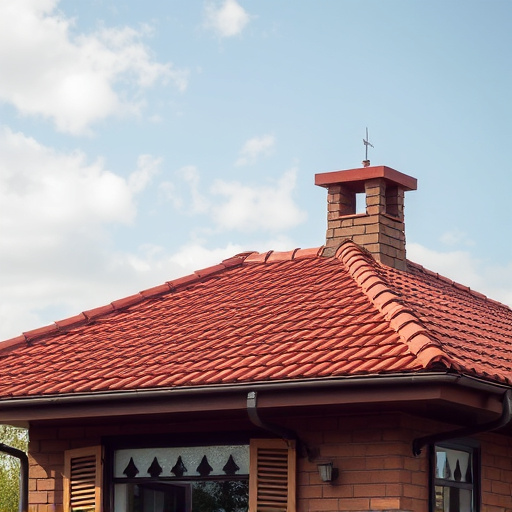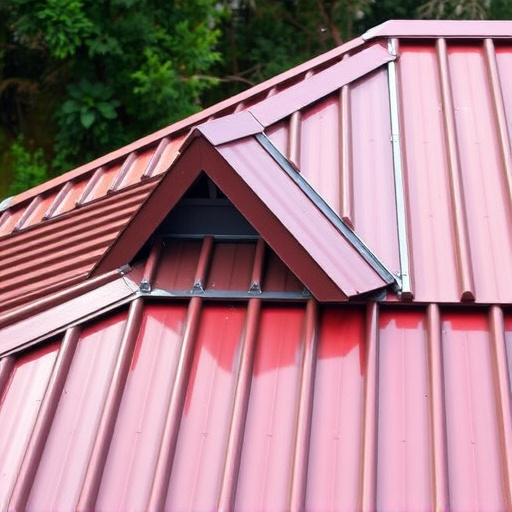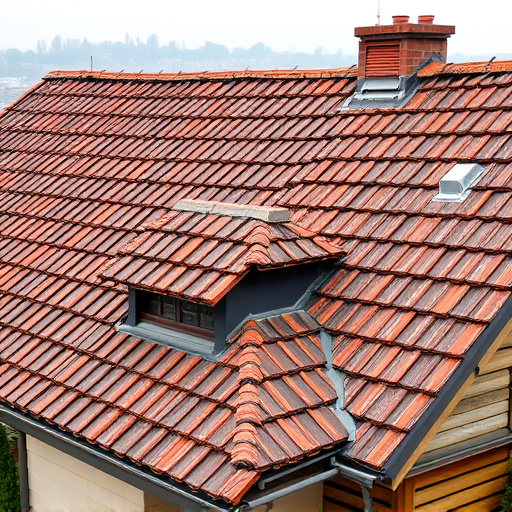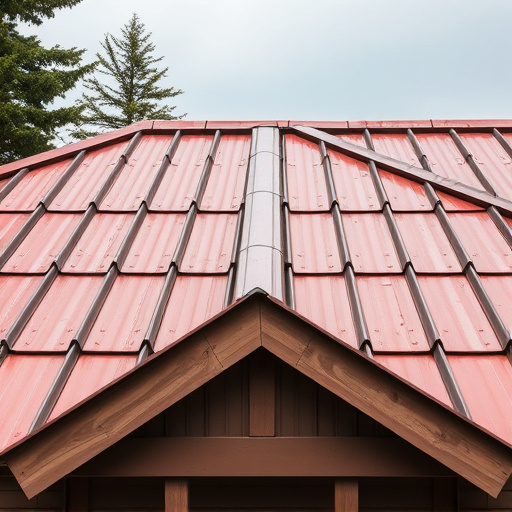LEED-certified buildings prioritize sustainable design, and commercial siding plays a vital role by improving energy efficiency and reducing environmental impact. Crafted from recycled or renewable materials, strategic installation offers insulation, safeguarding against weather damage and lowering maintenance costs. Modern eco-friendly options like recycled metal, vinyl, and fiber cement ensure durability while minimizing waste. Proper commercial siding maintenance aligns buildings with LEED standards, showcasing their commitment to green goals and enhancing property value for environmentally conscious occupants.
Commercial siding isn’t just about aesthetics; it plays a pivotal role in supporting LEED (Leadership in Energy and Environmental Design) certification and green building standards. This article explores how strategically chosen commercial siding can contribute to sustainability goals, reduce environmental impact, and enhance energy efficiency. We’ll delve into the specific benefits and explore why commercial siding is increasingly recognized as an essential component of eco-friendly architecture.
- Understanding LEED and Green Building Standards
- The Role of Commercial Siding in Achieving Sustainability
- Benefits and Impact on Environmental Goals
Understanding LEED and Green Building Standards
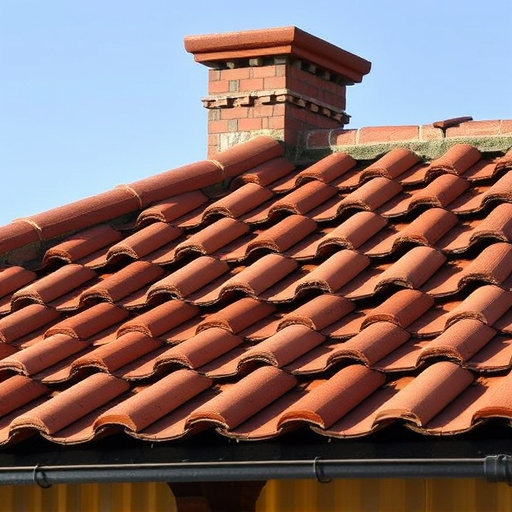
LEED (Leadership in Energy and Environmental Design) is a widely recognized certification program that sets standards for green building design and construction. It evaluates buildings based on their overall environmental impact, focusing on energy efficiency, sustainable materials, water conservation, and indoor environment quality. Achieving LEED certification can significantly enhance a property’s value and appeal to environmentally conscious tenants or buyers.
Commercial siding plays a crucial role in meeting these green building standards. Unlike residential siding, which primarily offers aesthetic benefits, commercial siding is designed with sustainability in mind. It contributes to energy efficiency by providing insulation, reducing the need for heating and cooling. Additionally, many modern commercial siding materials are made from recycled or renewable resources, further supporting green goals. Regular siding replacement using eco-friendly alternatives can also help buildings maintain their LEED certification over time.
The Role of Commercial Siding in Achieving Sustainability
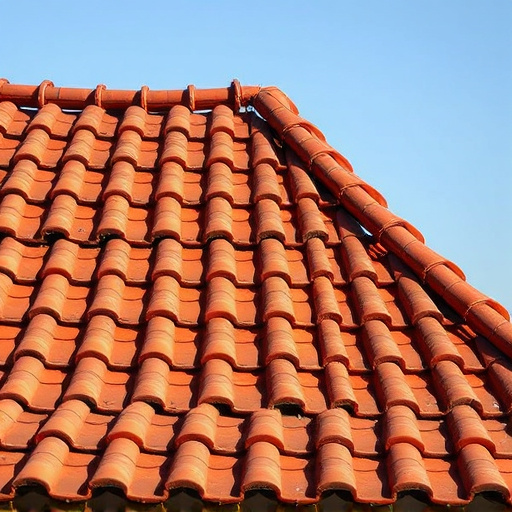
Commercial siding plays a pivotal role in achieving sustainability goals for buildings. Not only does it enhance the aesthetic appeal of properties, but its strategic use contributes significantly to energy efficiency and environmental conservation. By selecting the right materials and installations, commercial siding can create a protective barrier against harsh weather conditions, including storm damage repair, thus reducing the need for frequent roof repairs or replacements.
Moreover, modern commercial siding options are designed with eco-friendly practices in mind. Materials such as recycled metal, vinyl, or fiber cement not only have a lower environmental impact but also offer long-lasting durability. This reduces the frequency of siding services and associated waste generation. In essence, proper installation and maintenance of commercial siding can align buildings with Leadership in Energy and Environmental Design (LEED) certifications, highlighting their commitment to green goals and sustainable practices.
Benefits and Impact on Environmental Goals
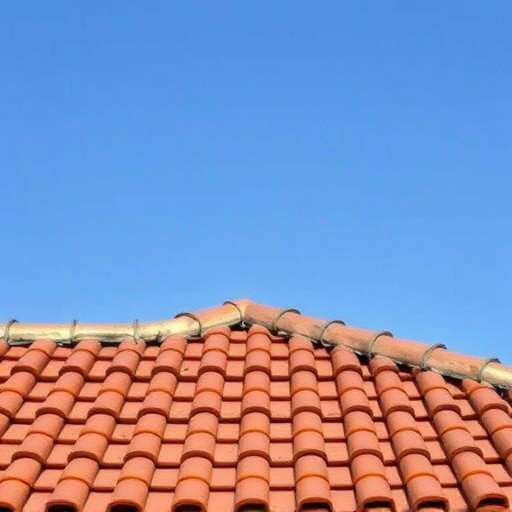
Commercial siding plays a pivotal role in achieving environmental sustainability goals set by initiatives like LEED (Leadership in Energy and Environmental Design). Its strategic placement and advanced materials significantly impact energy efficiency, reducing heating and cooling costs for commercial spaces. By acting as an insulator, commercial siding helps maintain consistent interior temperatures, thereby minimizing the reliance on energy-intensive HVAC systems.
Moreover, modern commercial siding options are designed with eco-friendly materials, such as recycled content or low-emitting compounds, which contribute to cleaner air and reduced carbon footprints. These materials also offer longevity and durability, decreasing the need for frequent replacements, thus saving resources and waste management costs. When combined with proper installation and maintenance by professional siding services, commercial siding becomes a powerful tool in reaching green building standards and promoting sustainable practices in the construction industry, aligning perfectly with LEED credentials and environmental aspirations.
Commercial siding plays a pivotal role in supporting LEED (Leadership in Energy and Environmental Design) certification and green building goals. By incorporating energy-efficient materials and designs, commercial siding contributes to reduced environmental impact, improved insulation, and lower operational costs—all key factors recognized by LEED standards. As the demand for sustainable construction continues to grow, choosing eco-friendly commercial siding becomes a strategic decision that aligns with global efforts to create a greener future.
